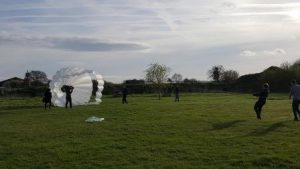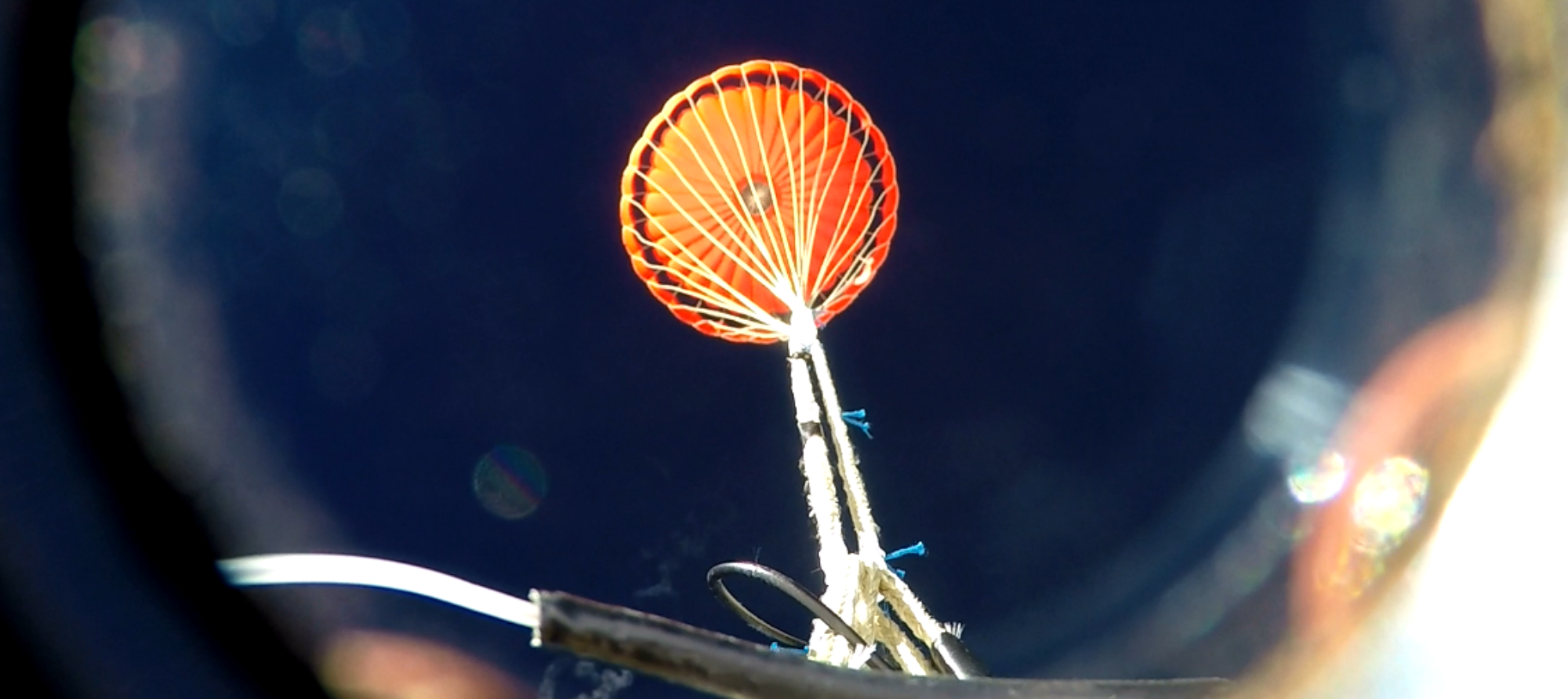In June 2015, Vorticity will be flight testing six prototype Earth Return Capsules at the Swedish Space Centre in Kiruna, Sweden on behalf of the European Space Agency.
The capsules are candidates for returning scientific samples from asteroids, comets or Mars in future ESA missions. These missions require capsules which are stable throughout entry and descent without the need for a parachute.
Three candidate designs have been chosen: two are similar to the Japanese Haybusa asteroid sample return capsule and the third is based on the ESA Huygens probe.
The test will involve three stratospheric balloon flights. On each flight, two vehicles will be dropped from an altitude of 35 km above northern Sweden. A full-scale vehicle will replicate the final descent from Mach 0.8 of the flight design while a sub-scale version of the same design will test the shape at up to Mach 1.5 by first accelerating in an aerodynamic fairing before starting measurements.
The data will allow derivation of the aerodynamic properties of all three designs between Mach 1.5 and landing.








